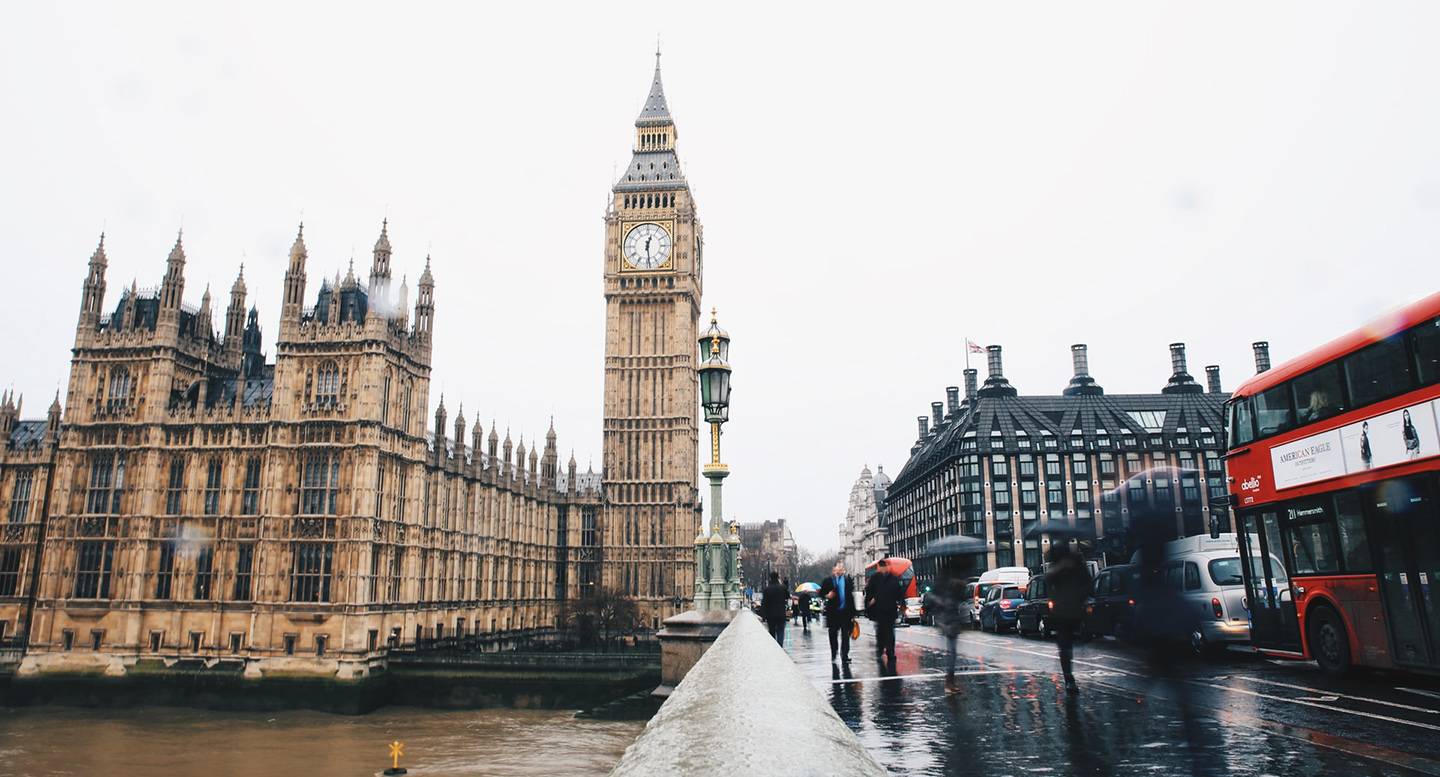Jayme Blaschke | June 22, 2021

New research conducted in part at Texas State University has shed new light on an unexpected increase in air pollution in the Greater London area of the U.K. as measures intended to improve air quality were implemented.

The research was conducted Texas State's Muxin Zhai, assistant professor of finance and economics in the McCoy College of Business, along with Hendrik Wolff, professor of economics at Simon Fraser University in Burnaby, British Columbia.
Their research, "Air pollution and urban road transport: evidence from the world’s largest low-emission zone in London," is published in the journal Environmental Economics and Policy Studies.
Zhai's study looked at the first two phases of the low emissions zone implemented for the Greater London Area, making it the largest such zone in the world. Low emissions zones are commonly implemented in European cities as a strategy to control pollutants, including a category known as PM10. These are inhalable particles 10 micrometers and smaller that can contribute to serious health problems.
"This is the largest low emission zone out of more than 200 low emission zones in the world. In phase 1, right after the introduction of this policy, we found that there was an increase in the concentration of those pollutants, but after the implementation of phase 2, which is a more stringent phase of the program, the level of air pollutants went down," Zhai said. "The critical question is what caused this problem? What caused the increase in the level of pollutants in the initial introduction phase?"
As part of the research, Zhai analyzed other pollutants and found they also increased during phase 1, only to decline during phase 2. These results, although not included in the journal paper, were problematic, echoing the PM10 data. Both low-emissions zone phases were intended to lower pollution, yet phase 1 was having the opposite effect. Intrigued, Zhai looked more closely at the behaviors of those impacted by the restrictions.
"What we found when we combined the traffic flow data of heavy goods vehicles and light goods vehicles is that right after the introduction of the policy, traffic flow increased," Zhai explained. "Even though the percentage of cleaner, compliant vehicles increased, the total traffic flow traveling across and within the low emissions zone border increased as well.
"What we propose is that because there is a high daily charge associated with road usage—for some non-compliant vehicles that pay to enter the zone, maybe they just wanted to get their money's worth?" she said. "They traveled a lot, increasing their vehicle's mileage traveled within the zone. They increased their distance traveled. The increased amount of vehicle miles traveled fully offset the benefit brought by a higher percentage of compliant vehicles."
That observed behavioral adjustment, or behavioral bias, conflicted with classic economic theory but is readily explained by the "sunk cost fallacy," Zhai said. A sunk cost is a previous expenditure that cannot be recouped. That money is gone and should not be factored into future economic decisions, yet it often is.
"If you purchased a yearly gym membership, you have already spent that money and there is no resale value," Zhai said. "In principle, this past payment shouldn't affect your current behavior, but the more frequently you go to the gym you feel the per-time cost of every entrance becomes lower to you. That encourages you to come to the gym more often, because you feel you're getting the most of your money back."
There may be tangible benefits to going to the gym more often, but the feeling of recouping the membership cost is an illusion. In some cases, where expensive repairs to a vehicle are justified because the owner has previously spent significant money on additional repairs, the sunk cost fallacy can be informally described as "throwing good money after bad."
"So far as we know, this is probably the first application of this in the environmental field," Zhai said. "I suspect this behavioral bias of the sunk cost fallacy can be widely applied to many other situations."
Share this article
For more information, contact University Communications:Jayme Blaschke, 512-245-2555 Sandy Pantlik, 512-245-2922 |
